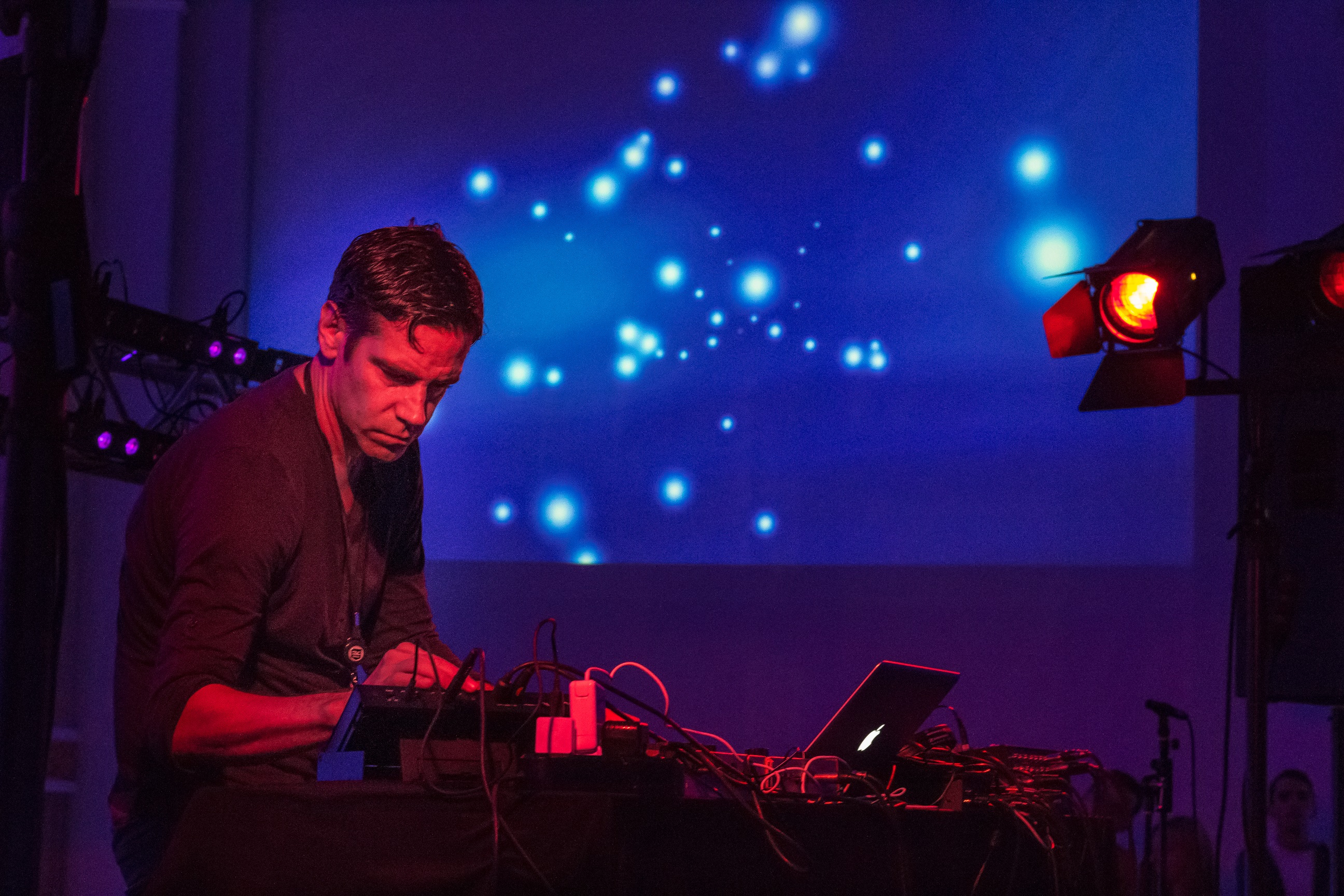Fluxion Next Up in Ask the Experts; Send in Your Questions Now
Answers from the enigmatic dub techno pioneer.

20 years after he began producing, Konstantinos Soublis (a.k.a Fluxion) is now as close as anyone to mastering the art of subtlety in music. While studying Music Technology in London in the early ‘90s, he found himself drawn to the sounds of Jamaican dub, funk, jazz, and electronic music, and soon began to gravitate towards simpler rhythmical structures and also ambient cinematic textures. Of particular interest were Philip Glass, Steve Reich, and Wim Mertens, all of whom positioned repetition at the centre of their work, and the “aural illusion” created when two sonic elements interact to create tones and counter melodies that cannot be expressed in written form. The discovery of the Basic Channel label then provided Soublis with a real example of the dub techno sounds he found himself so drawn towards. “I think I bought the whole catalogue,” Soublis recalls. “I really liked the organic aspect of the productions, and the faceless approach.”
Soublis’ first releases actually came through Chain Reaction, a sub-label of Mark Ernestus’ and Moritz von Oswald’s seminal Berlin imprint, after he delivered a demo through the Hard Wax record store. 1998’s Lark / Atlos,’ a two-track release, was followed by several more short-form outings, the tracks of which then reappeared on long-players Vibrant Forms I and Vibrant Forms II, issued in 1999 and 2000 respectively. Downtempo, deep, and experimental, the albums—Discogs gold and classics of the wider electronic genre—captured Soublis’ almost unparalleled abilities in producing fluid, groove-wise, atmospheric techno that moves the body and soothes the mind. Both albums have been reissued due to popular demand, and they still sound as fresh today.
The success of these albums, and 2001’s Spaces,’ on which he explored the perception of acoustics of different environments and how they can be reproduced artificially, inspired a break from music to reflect on his longer-term ambitions. “I needed to break away from repeating myself over and over,” he says. “I want albums and releases to have a theme, a concept under which the material is being arranged.” So he spent time exploring new influences, returning only in 2009 with Constant Limber,’ and a broader, more varied aesthetic. “There was always a risk factor but I wouldn’t have chosen to produce music for a living if I wanted something safe,” he says. “It is rewarding not to feel any obligation to anything other than my gut feeling when I write music. I believe that’s the only way to stay on track, and engage in new adventures.”
A third part to the Vibrant Forms series surfaced in 2016 on Subwax Bcn, preceded by releases on Echocord and his own Vibrant Music, launched in 1999 as a platform for experimental dub techno from those in Soublis’ orbit. His last album, 2018’s Ripple Effect, created a malleable and expressive hybrid of dub techno and film scoring. “I wanted to combine electronic and score music to evoke visual imagery, creating a new experience, one in which the listener can engage and then create his own visual story,” he explains. “I feel there is a lot of space for me to move freely in this terrain.” Elsewhere, Soublis has released two EPs in collaboration with DeepChord as Transformations.
Only last week, Soublis returned with “Cliff,” an upbeat slice of dub techno drawn from his love of movie soundtracks, and his first taste of new material in over 12 months. The track is available now via XLR8Rplus alongside exclusive an original from Silverlining and a rework from Redeyes, plus a sample pack from Keita Sano.
In support of the release, Soublis will now step forward to answer your questions, in what is a rare engagement with the media. Whether it be production, performing, label management or anything else, all questions should be sent to asktheexperts@xlr8r.com with “Fluxion” as the subject line. We’ll pass them along to Soublis who will then select his favorites, and soon we’ll publish his answers.

